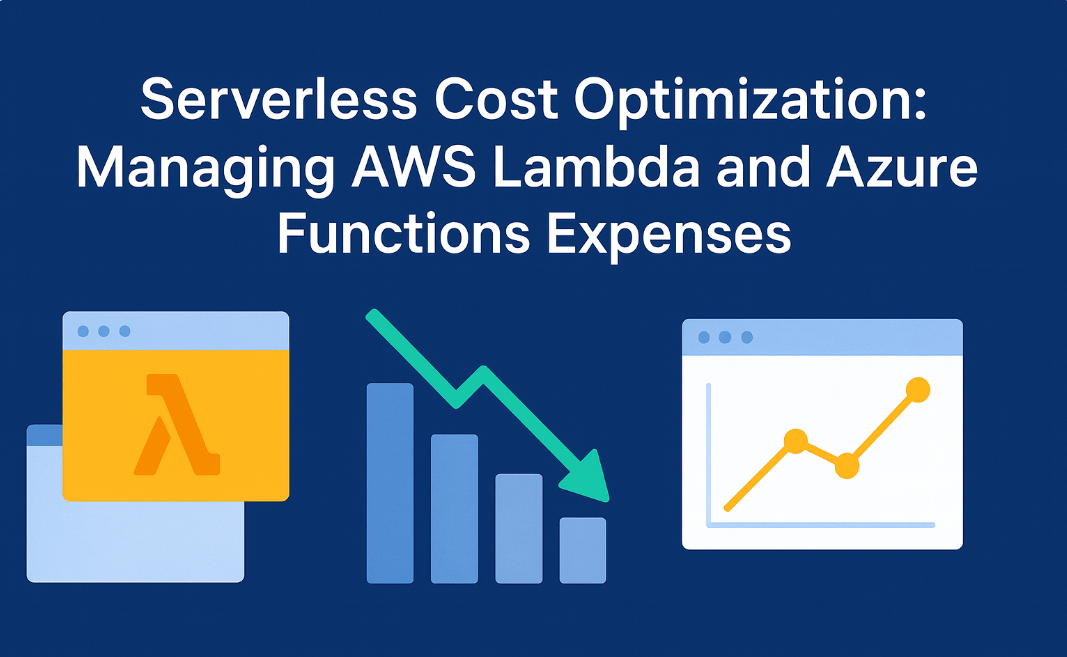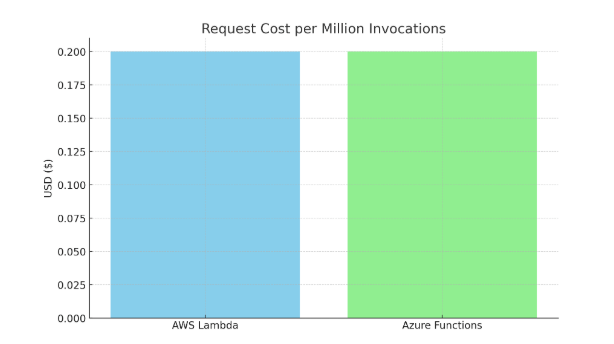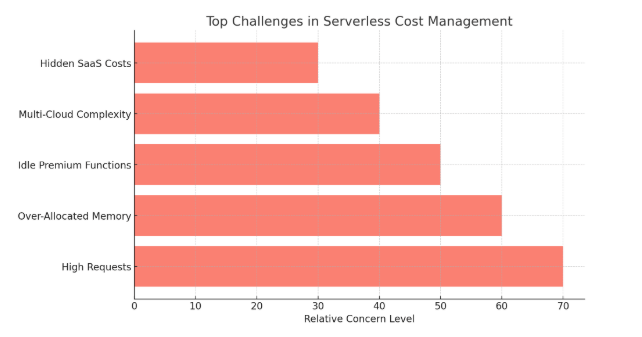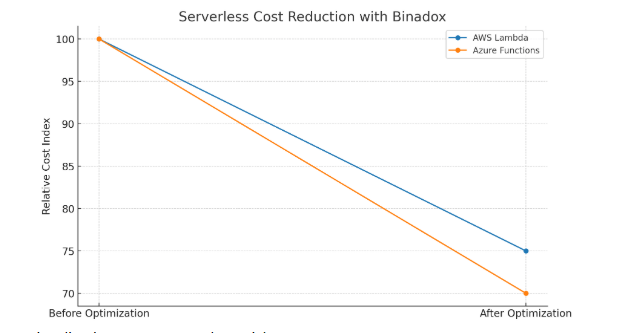
Introduction
Serverless computing has reshaped how businesses build and scale applications in the cloud. Instead of managing servers, organizations deploy code directly on AWS Lambda, Azure Functions, or other Function-as-a-Service (FaaS) platforms. This model reduces infrastructure overhead but introduces new financial challenges. Without careful planning, serverless costs can escalate quickly, eroding the advantages of cloud-native flexibility.
This guide explores serverless cost optimization strategies, comparing AWS Lambda and Azure Functions, analyzing pricing models, and outlining best practices for controlling expenses. We will also discuss how SaaS management platforms like Binadox help organizations achieve better visibility and cost efficiency across serverless workloads and multi-cloud ecosystems.
What is Serverless Computing?
Serverless is a cloud computing execution model where the cloud provider dynamically allocates resources. Users are billed based on function execution time and resource consumption, not on pre-provisioned servers.
- AWS Lambda runs code in response to triggers such as API calls, S3 uploads, or database changes and charges for execution duration in milliseconds and allocated memory.
- Azure Functions provides similar capabilities, integrated with the Azure ecosystem, and offers both consumption-based and premium pricing tiers.
This pricing structure makes serverless attractive for startups and enterprises alike. However, as applications scale, so do costs—especially if workloads are not optimized.
The Pricing Models of AWS Lambda and Azure Functions
AWS Lambda
- Compute costs are based on execution duration multiplied by allocated memory, ranging from 128 MB to 10 GB.
- Request costs are $0.20 per 1 million requests.
- The free tier includes 1 million requests and 400,000 GB-seconds per month.
Azure Functions
- The Consumption Plan charges only for executions and runtime, with free grants of 1 million requests and 400,000 GB-seconds.
- The Premium Plan provides pre-warmed instances for enterprise workloads.
- The Dedicated Plan uses pre-provisioned VMs with fixed costs, suitable for predictable workloads.
Understanding these models is crucial for cloud cost management. Companies often underestimate indirect costs such as data transfer, third-party integrations, or monitoring tools.

Challenges in Managing Serverless Costs
- High request volumes where small per-request fees accumulate rapidly.
- Over-allocated memory leading to inflated compute expenses.
- Idle functions in premium plans consuming unnecessary resources.
- Complexity of tracking costs across multiple cloud providers.
- Hidden SaaS costs from logging, monitoring, and third-party integrations.

Best Practices for AWS Lambda and Azure Functions Cost Optimization
Rightsizing Functions
Over-provisioning memory and CPU leads to unnecessary spending. Monitoring average execution time versus allocated resources helps identify the right balance. Tools like Binadox Rightsizing provide optimization recommendations.
Optimize Function Duration
- Refactor code for efficiency.
- Reduce unnecessary API calls.
- Use asynchronous execution where possible.
Leverage Reserved and Savings Plans
While serverless is consumption-based, AWS offers Compute Savings Plans that can reduce Lambda costs by committing to usage over one to three years.
Implement Cost Allocation Tags
Tagging by project, department, or feature ensures cost visibility. With platforms like Binadox, teams can track spend by tags across AWS and Azure.
Monitor and Control Spikes
Unexpected spikes in traffic can cause budget overruns. Binadox Cost Explorer detects anomalies and provides alerts for proactive response.
Use Event Filtering
Filter event sources such as S3 bucket notifications to prevent unnecessary function executions.
Choose the Right Pricing Plan
- In Azure, switch between Consumption and Premium plans depending on workload patterns.
- In AWS, use Lambda@Edge cautiously, as global scaling can increase costs.
SaaS-Like Subscription Challenges in Serverless
Although serverless is not SaaS in the traditional sense, its subscription-style billing model mirrors how SaaS software is distributed. Similar to managing SaaS apps, organizations must prevent function sprawl and underutilized workloads.
Best practices from SaaS spend management apply here:
- Centralized procurement prevents duplicate workloads.
- Rightsizing ensures functions scale according to usage.
- Governance policies establish consistent deployment and monitoring standards.
How Binadox Helps Optimize Serverless Costs
Binadox provides a single platform for multi-cloud and SaaS cost management, making it invaluable for serverless optimization:
- A multi-cloud dashboard consolidates AWS and Azure serverless spending.
- Rightsizing recommendations suggest optimal function configurations.
- Anomaly detection alerts teams to unusual spikes in requests or execution times.
- Automation rules apply cost-saving measures automatically, such as shutting down idle workloads.
- License and renewals tracking prevents overspending on third-party SaaS integrated into serverless pipelines.
With these features, businesses cut cloud and SaaS expenses by up to 30% on average.

Case Study: Serverless in Multi-Cloud
A fintech company adopted AWS Lambda for transaction processing and Azure Functions for analytics. Within six months, serverless costs exceeded projections by 40 percent. After implementing Binadox:
- Function memory was right-sized, reducing execution costs by 25 percent.
- Duplicate monitoring SaaS tools were consolidated, saving $20,000 annually.
- Automated anomaly detection prevented a $10,000 spike caused by an infinite loop function.
This demonstrates the importance of combining serverless best practices with SaaS-style cost governance.
Future Trends in Serverless Cost Management
- AI-powered optimization will use predictive analytics to recommend function scaling strategies before cost overruns occur.
- Edge computing integration with Lambda@Edge and Azure IoT Functions will require localized cost management.
- Unified SaaS and serverless platforms will emerge, offering businesses a single dashboard to manage both.
Conclusion
Serverless computing promises agility, scalability, and cost-efficiency, but without proper management, expenses can spiral. By rightsizing workloads, tagging resources, monitoring anomalies, and applying SaaS-style governance policies, organizations can maximize the value of AWS Lambda and Azure Functions.
Platforms like Binadox make this process seamless, offering multi-cloud visibility, actionable recommendations, and automation. As serverless adoption grows, businesses that prioritize cost optimization will gain a decisive advantage in 2025 and beyond.

